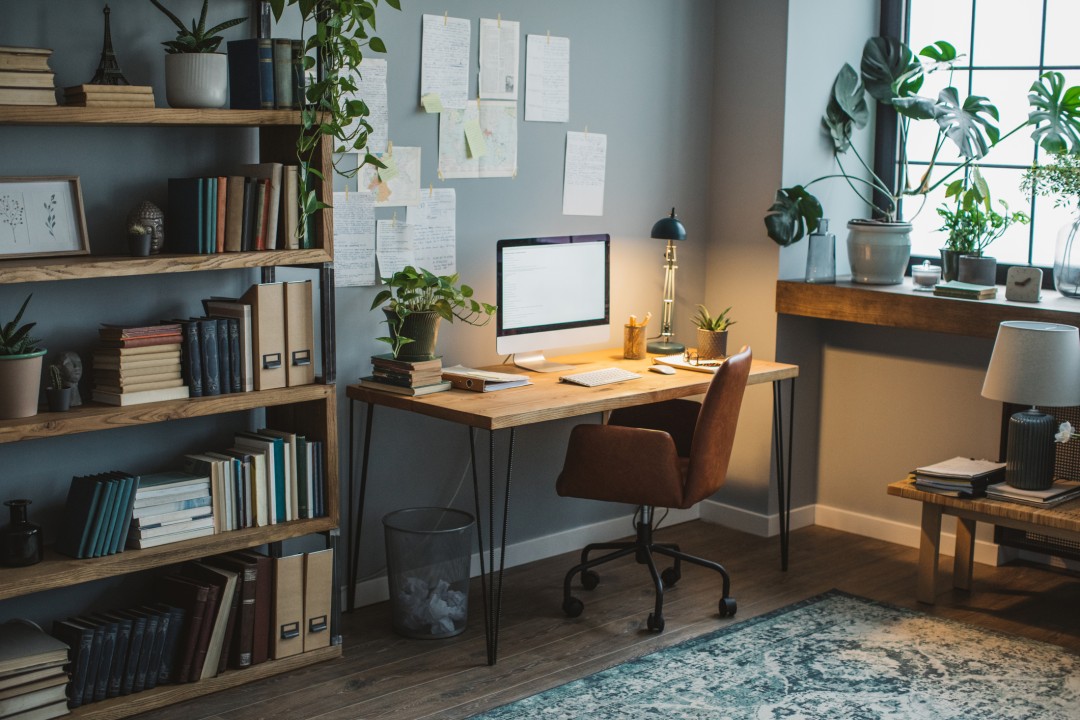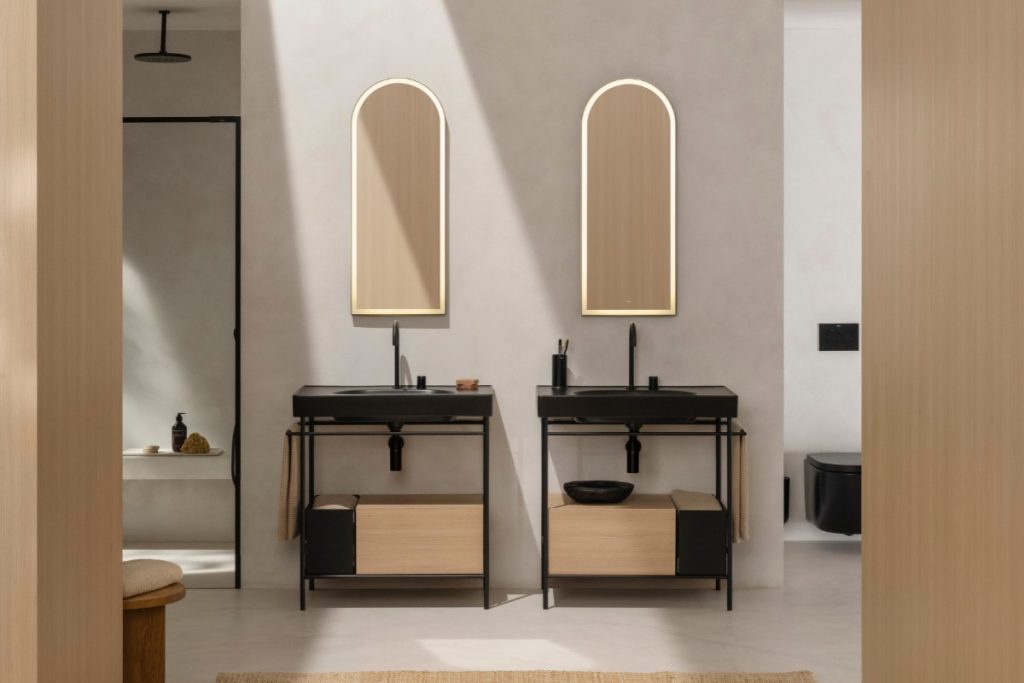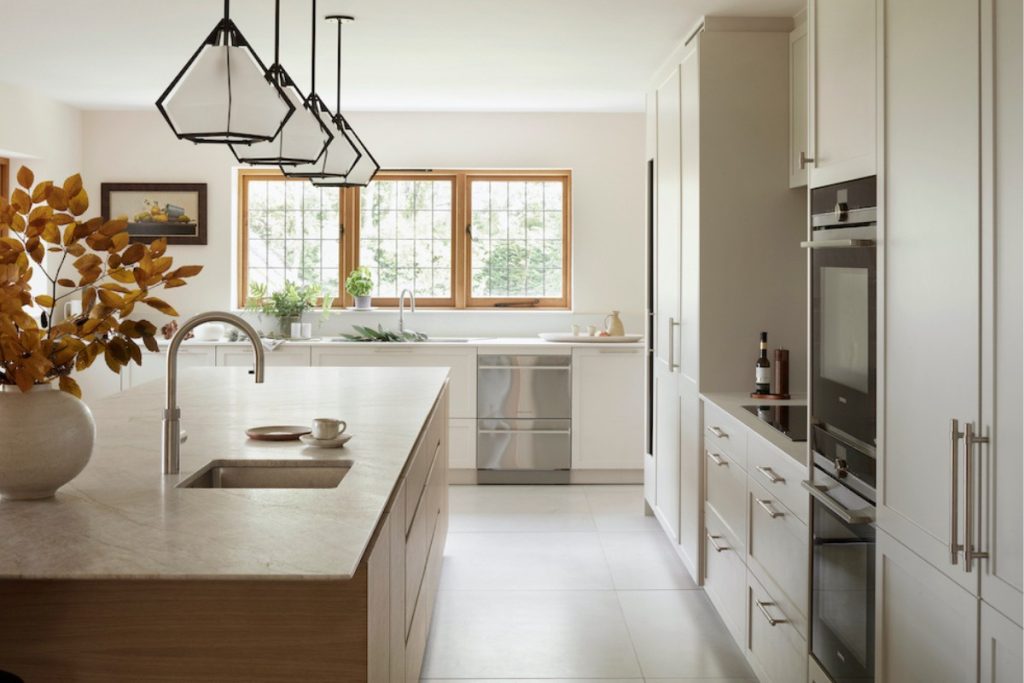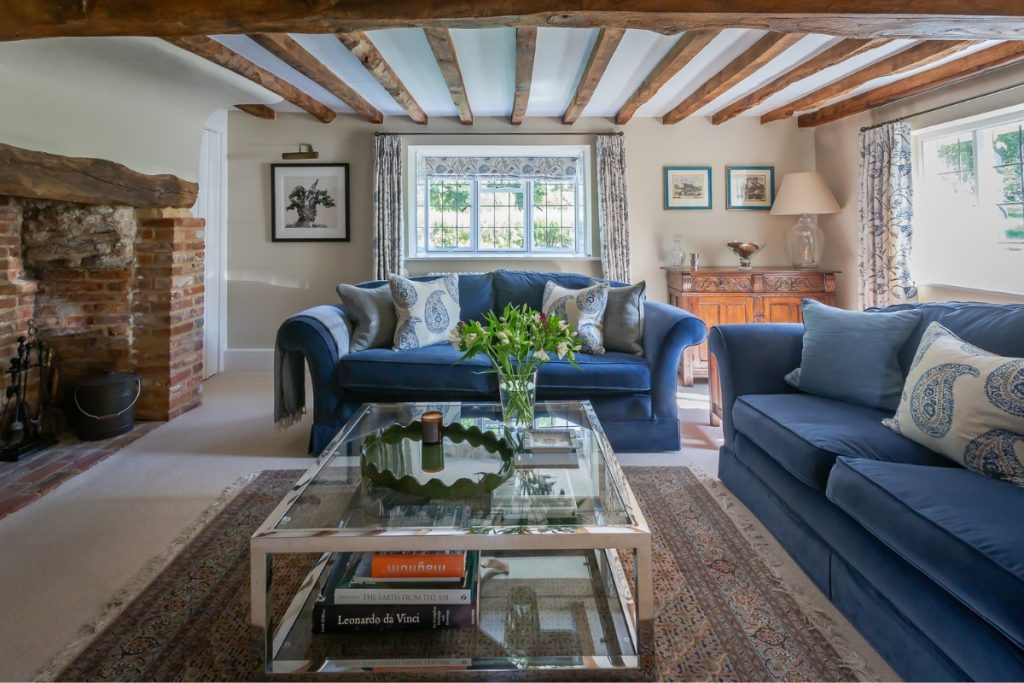 17th May 2022 | IN DESIGN ADVICE | BY SBID
17th May 2022 | IN DESIGN ADVICE | BY SBIDAs with any form of education, gaining skills and knowledge through training takes time, but can only be derived from the work you put in yourself. Honing your craft and expertise in interior design can only come from knowledge, experience and through putting your skills and education into practice. In this article, we take a closer look at just how you can develop your skills as an interior designer and how this can benefit your career in the long term.
Study and Practice
As with any skill or accumulation of knowledge, learning your craft as an interior designer requires prolonged education. Study and practice is the best way to learn any vocation, and this is no different in the field of interior design. Enrolling in an SBID Accredited course will provide you with the valuable training required to begin your career in the industry, teaching you the basics of interior design whilst preparing you for your professional working career as an interior designer in practice.
Studying and learning is just the start of your knowledge base, and in the end, as with any skill, it will inevitably come down to practice and experience to develop your expertise and take your career to the next level. The more projects you complete, particularly if derived from a varied client base, the greater the skills you will ultimately acquire in learning how to interpret a design brief, engage with clients and turn their vision into a reality!
Continuing Education
As we’re all aware; knowledge is almost certainly power. Building on your taught knowledge by expanding your abilities through classes, seminars or online workshops will stand you in good stead when it comes to your ongoing professional development – not to mention outshining your competition in the industry. Many workshops and classes can help to develop interior designers from the very start, providing key education courses for beginners and experts alike.
Expand Your Clientele
Taking on a variety of clients and projects in different design specialisms is essential for developing a diverse range of expertise within the field of interior design. Working with a number of clients whose project needs and requirements differ showcases your adaptability as a designer, and will provide you with experience you cannot simply teach. Each project and client is unique, bringing its own host of demands and difficulties. In short; building a diverse clientele and subsequent portfolio is the key to setting yourself up for a successful career in the future.
Engage With Your Professional Network
Joining the membership bodies like the SBID will allow you to make key connections with professionals working in the industry, placing you in the specialist directory of interior designers provided by the Society of British & International Interior Design. As an up and coming interior designer, the more connections you make with people in the industry, the better chance you have of making a name for yourself. Try joining professional associations, attending key industry events, webinars and workshops – engaging with as many like-minded individuals as you possibly can.
Learning Through Observation
Making connections and networking with others will provide you with opportunities to observe others who have developed their craft already, offering invaluable experience and insight as you hone your craft as an interior designer. Working for established design practices through internships or work placements can help you get in touch with more people in the industry, so you can learn from others and get to know their approach to design, as well as understand their philosophies and practices. Consider how their methods and processes could help to shape your own future as an interior designer.
Find Your Voice
Understanding the market, achieving SBID Accreditation and making vital connections within the industry are just some aspects of developing your portfolio and professional career. Your personal identity, design style, niche and unique voice are all just as essential in developing strong brand recognition and client base. Curating a portfolio that matches your work output is essential too, as you’ll generate a consistent tone to your designs across different sources; from your website and social media profiles to your project portfolio. Developing your own voice and place in the market is essential to differentiating your services, so make sure your online presence reflects your unique aesthetic and vision.
Go Digital
Embracing digital technologies is becoming increasingly important within the interior design industry, with many designers using design software to improve their skills at work. With a heavy focus on virtual reality and CGI visualisations, 3D renderings and building information modelling, interior designers must be adept at integrating digital technologies into their design work. This will also help you pitch your design ideas with powerful client presentations which could be the difference between winning or losing a commission.
Understanding The Market
Understanding market trends is pivotal in ensuring your interior design business is relevant and in line with current industry demands. This will ensure your business is continually sought after by clients. Think about the city or town in which you are operating; what type of developments and design projects are popular? Do your designs match the aesthetic of the local housing, retail shops, hotels and restaurants? How do your designs align with the needs and lifestyles of your clients or end-users? These are all essential questions you must ask yourself when honing your craft as an interior designer. We recommend staying on top of market trends by subscribing to online industry newsletters and interior design magazines, attending tradeshows, and following other inspiring designers on social media.
Experience and Portfolio
When it comes to working in the commercial or residential design industry, for a design studio or even as an independent designer working freelance, a professional interior design portfolio will provide your clients with an honest reflection of your skills and demonstrate the quality of your previous work. If done right, it will likely have a direct influence on your chances of being hired for your interior design work. No matter what stage of your career you’re currently in, ensuring your interior design portfolio is impressive, eye-catching and informative is absolutely essential. Photography will play a vital role here in making sure you capture your completed projects in the best possible way – videos are also a great medium for showcasing your finished designs.
If you’re looking to become an accredited designer, a portfolio is a great way of showcasing your abilities and attracting a larger client base as a professional, providing you with a much greater chance of achieving official accreditation. At SBID, we regulate industry standards, champion design excellence and promote our network of professional designers, with an extensive directory of designers who you can trust.
The Three Principles of Interior Design
When starting out as an interior designer, it’s important to focus on your craft, concentrating heavily on three major principles; style, focal point and balance. Below, we run through the three principles of interior design in further detail:
Style
Arguably the most important principle to consider is style. Selecting an interior design style that is consistent, cohesive and focused is the beginning of your design journey, so ensuring you get it right at this stage is vital. Each design or style choice comes with its own unique rules and design language, colour schemes and materials; whether modern or industrial, Scandinavian or farmhouse, familiarising yourself with these design types will provide you with an endless catalogue of design ideas to pool from.
Focal Point
A simple but effective design principle to remember; is the importance of focal points. Every room in a home or property should have a chosen focal point – whether this is a fireplace, piece of furniture, or artwork is entirely up to you. Your spatial planning should consider the flow of traffic and how the design scheme draws attention to it. Generally, it’s important to not have too many focal points in the same space at one time as this can cause distraction, making a room feel cluttered and imbalanced. For large open plan spaces, clever zoning is required.
Balance
As suggested, balance is extremely important in interior design. To achieve a natural balance within your interior space, use accents including furniture, focal points, soft furnishings and decorative items (e.g bowls, books, plants and accessories). Accents should be distributed throughout the space, with attention placed on subtle contrasts. This can include finding a balance between large and small items, hard and soft items and their position within the space. You can also think about using textures and materials to create contrasting surfaces.
Join SBID and get accredited with the Society of British & International Interior Design
SBID is the leading interior design body for professional interior designers, made up of a pool of British and international talent. Those who meet our industry standards and demonstrate the professional criteria required are welcome to join the society, where accreditation is given to further careers and contribute to the success of the industry.
The most effective method to position your business as an interior design expert is to get accredited today with the Society of British and International Interior Design. Becoming SBID Accredited provides the public with the comfort that an accredited member has attained the highest status of assessed knowledge and experience in the UK. We embrace the creativity and evolving future of the interior design world, to present the very best in the business and support experts throughout their career. Contact us today.



